Professional Radon Gas Removal Services
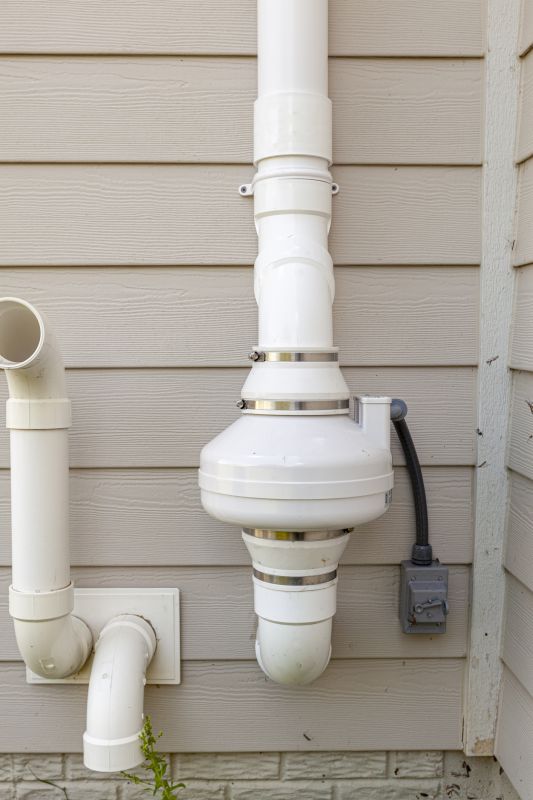
Proper installation of radon mitigation systems is essential for reducing indoor radon levels effectively.
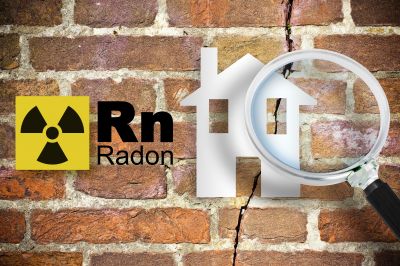
A finished radon mitigation system designed to lower radon concentrations in residential spaces.
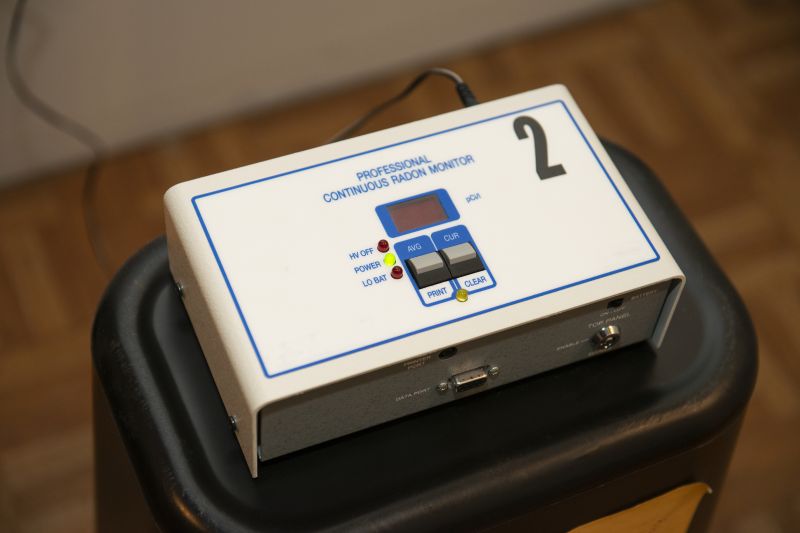
Advanced testing devices used to measure radon levels before and after mitigation.
Radon gas is a naturally occurring radioactive element that can accumulate indoors, posing health risks over prolonged exposure. Abatement procedures focus on reducing radon levels through specialized systems that vent radon outside the building. Studies indicate that elevated indoor radon levels are a leading cause of lung cancer among non-smokers, making mitigation a critical health measure. Implementing effective radon abatement can significantly lower indoor radon concentrations, contributing to healthier living environments.
The process of radon abatement involves installing vent pipes, fans, and sealing cracks to prevent radon entry. This typically requires a professional assessment to determine the best approach based on the building's design and radon levels. The installation process can vary in duration but generally takes a few hours to complete, depending on the property's size and complexity.
Timeframe for Radon Abatement Installation
A professional radon mitigation system can often be installed within a day. The assessment phase ensures that the most effective system is designed for the specific property, minimizing disruption. Proper installation is crucial for ensuring long-term radon reduction and compliance with safety standards.
The Radon Abatement Procedure
Radon abatement begins with testing to establish baseline radon levels. The next step involves installing a vent pipe system that directs radon from beneath the foundation to the outside atmosphere. A fan is integrated into the system to actively draw radon out of the building. Sealing cracks and openings helps prevent radon infiltration, enhancing the system's effectiveness. Post-installation testing confirms the reduction in radon levels, ensuring safety standards are met.
Why Hire a Professional for Radon Abatement
Professional radon mitigation ensures that systems are correctly installed and tested for effectiveness. Experts have the knowledge to identify entry points and design systems tailored to each property. Proper installation reduces the risk of future radon buildup, providing peace of mind and compliance with health guidelines. DIY approaches may not achieve the desired reduction and could lead to costly errors or incomplete mitigation.
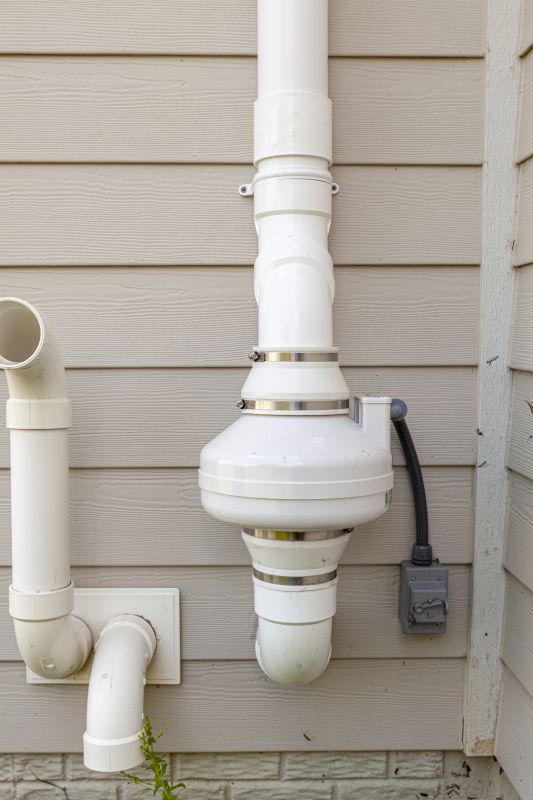
Technicians installing vent pipes and fans to reduce radon levels.
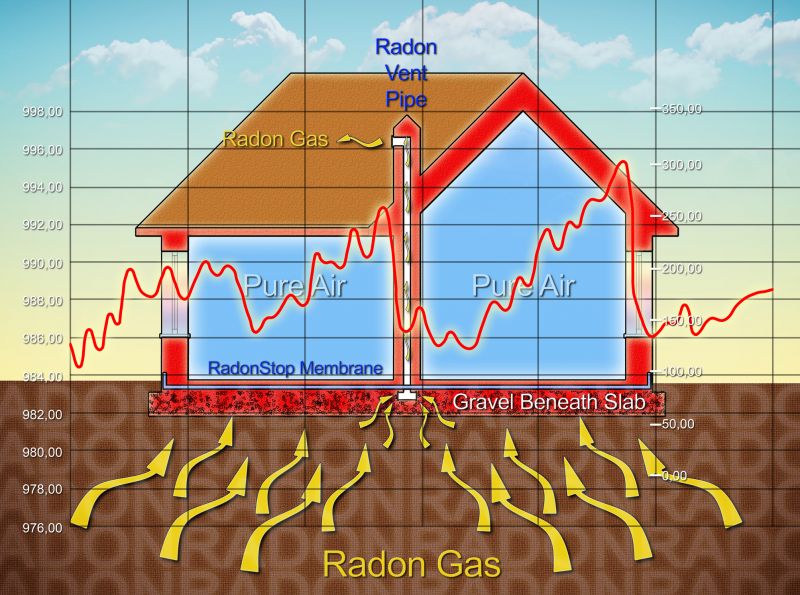
Sealing entry points to prevent radon infiltration during mitigation.
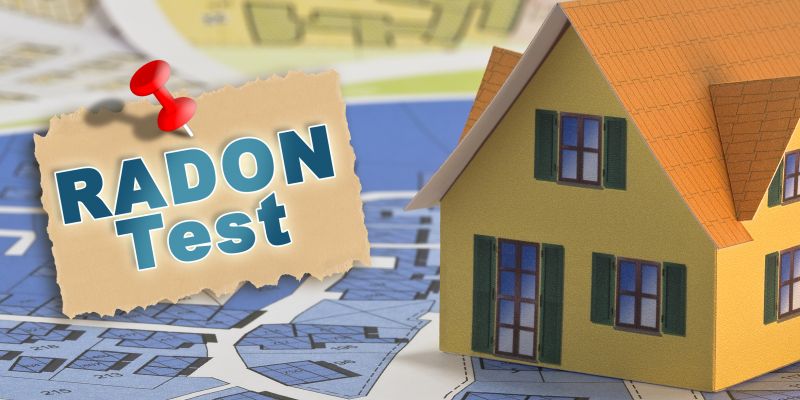
Measurement confirming the effectiveness of the radon abatement system.
Effective radon abatement can significantly lower indoor radon levels, contributing to healthier indoor environments. Properly installed systems are designed for durability and long-term performance, ensuring ongoing protection against radon exposure. Homeowners and property managers are encouraged to seek professional services to achieve optimal results and peace of mind.
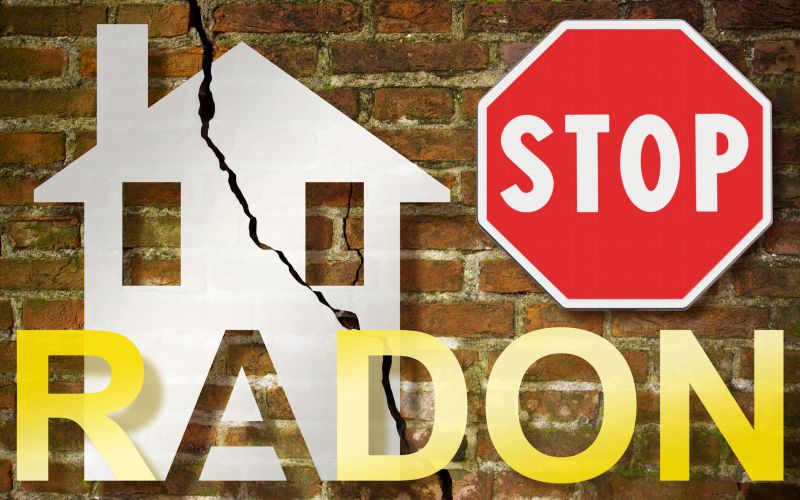
A fully installed radon reduction system outside a residential building.
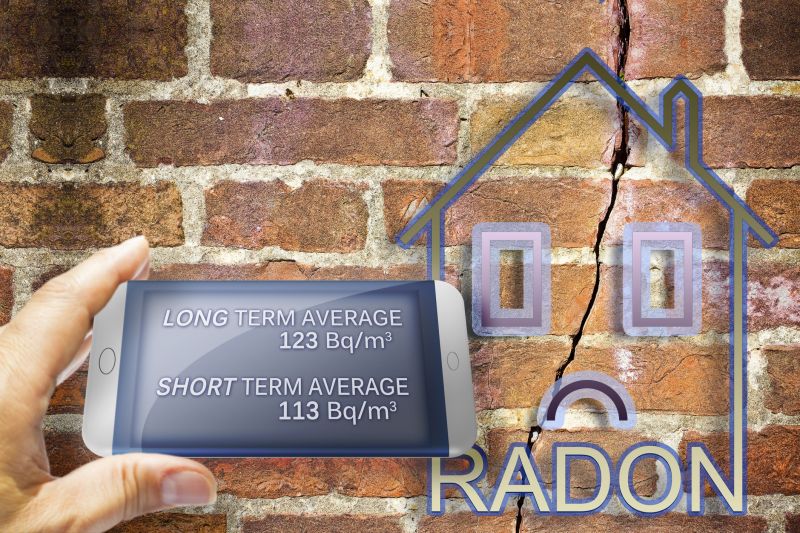
Technicians measuring radon levels after system installation.
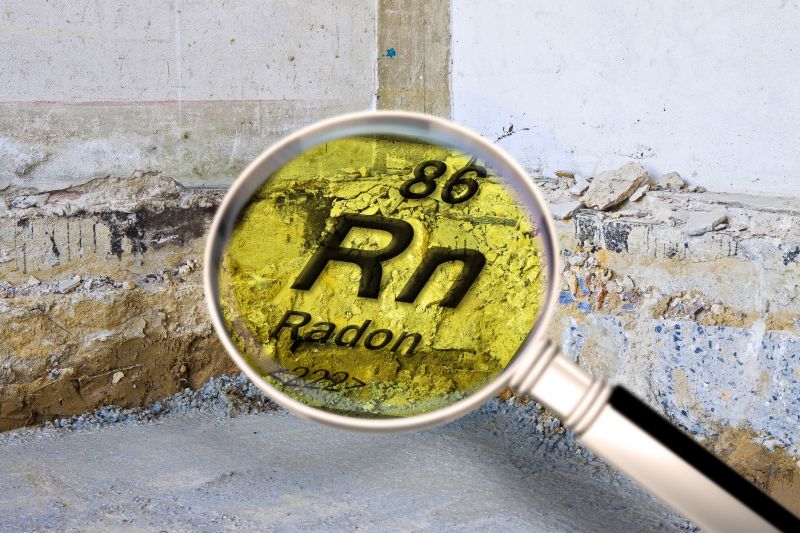
A home with an effective radon mitigation system in place.
To ensure safety and effectiveness, it is recommended to have radon levels tested periodically after mitigation. If you are interested in obtaining a quote for radon abatement services or need further information, please fill out the contact form. Professional assessment and installation can provide peace of mind and protect health by reducing radon exposure indoors.
